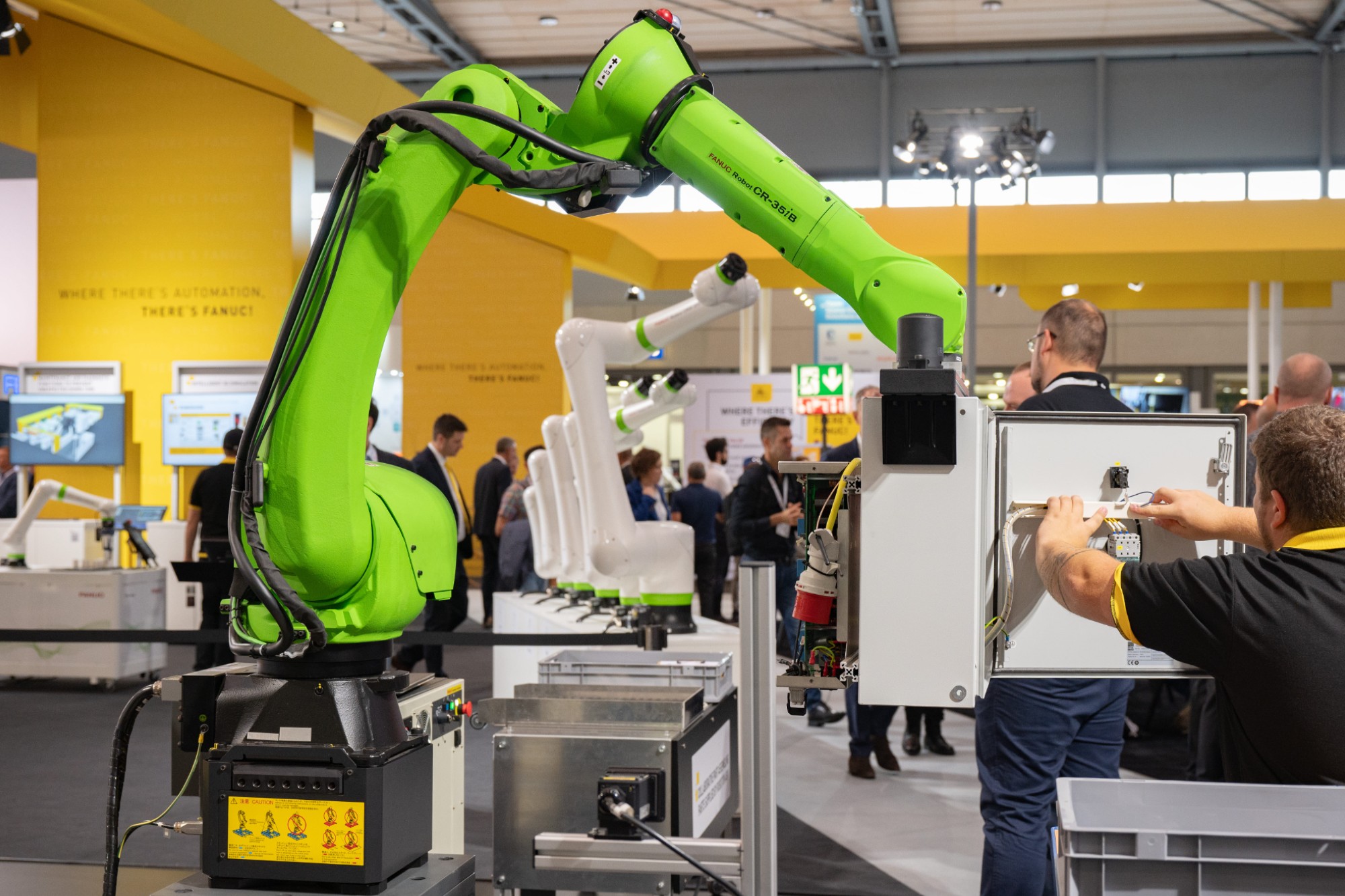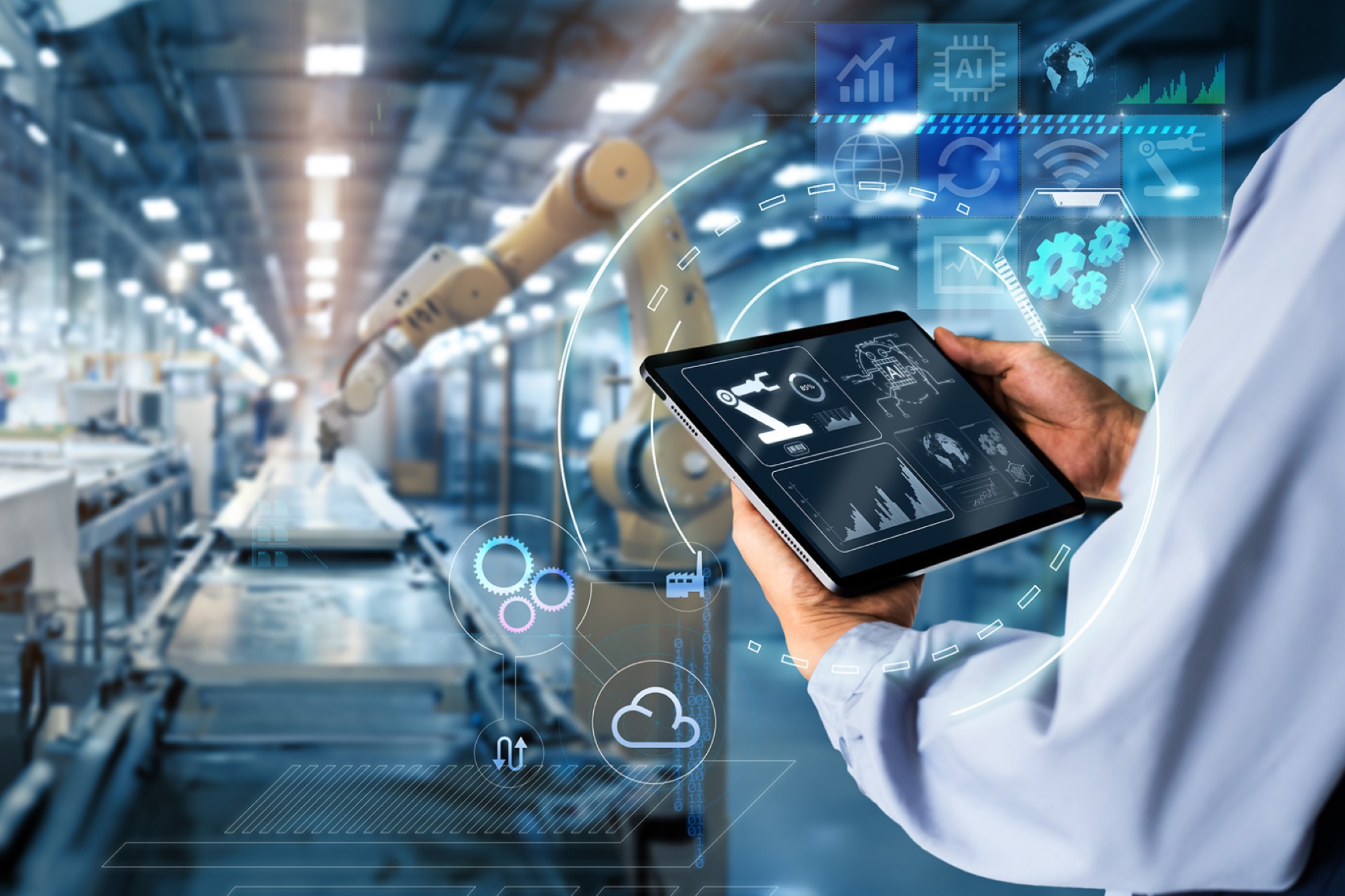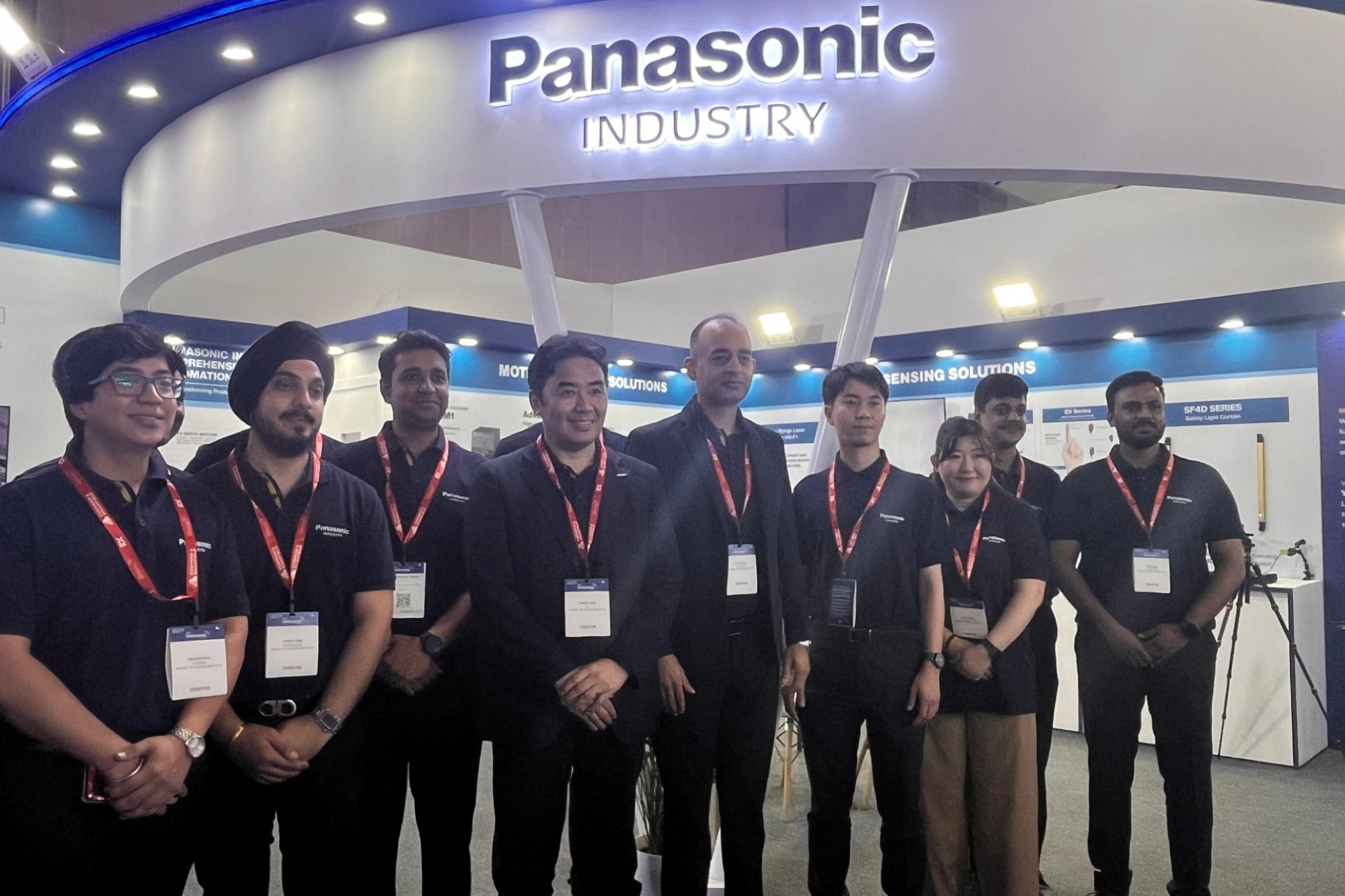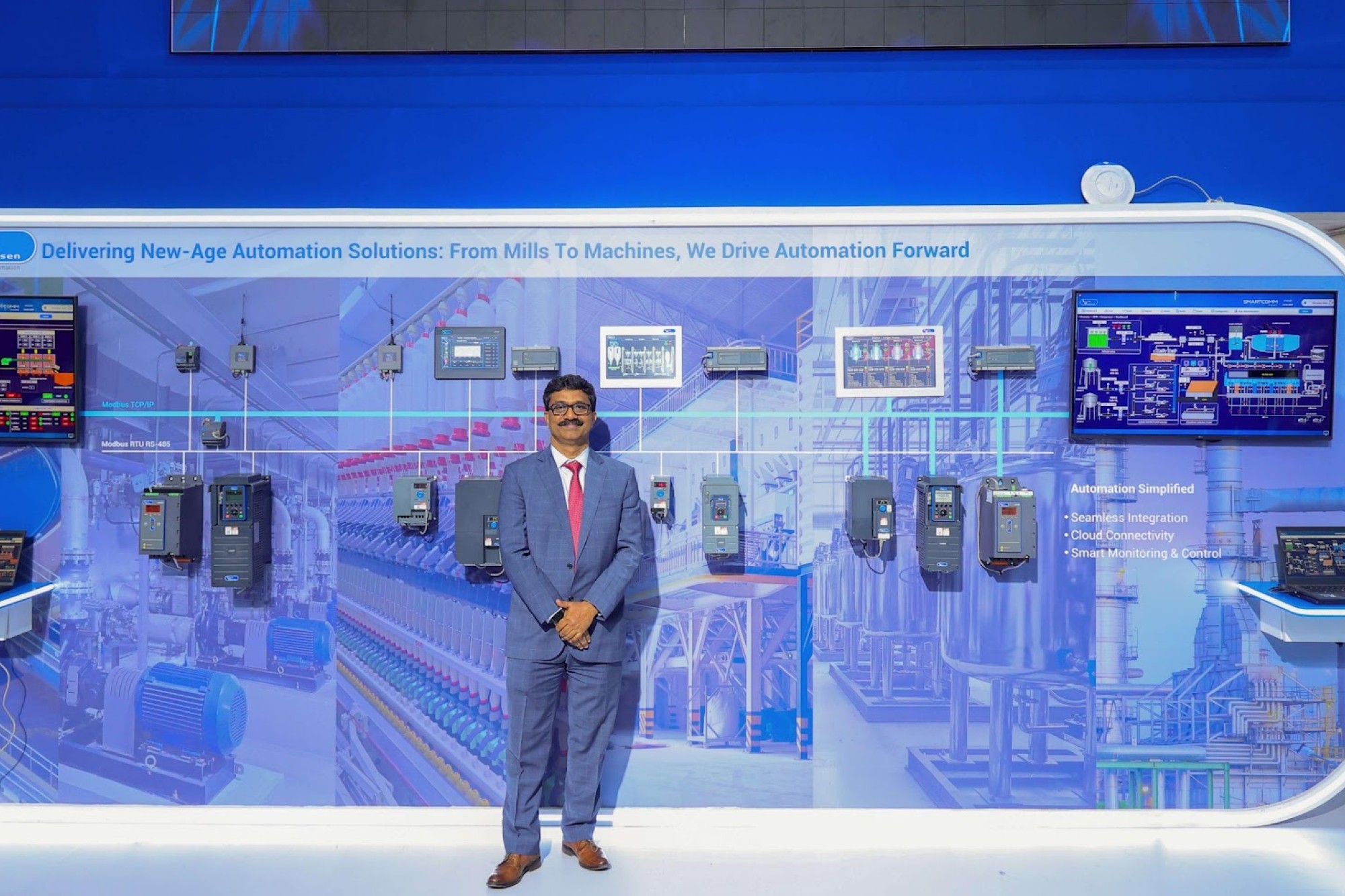Impact of AI-driven predictive analytics on production efficiency
By OEM Update Editorial November 30, 2023 2:00 pm IST
Sameer Gandhi, Managing Director, OMRON Automation India, asserts that AI-powered predictive analytics and real-time monitoring transform production efficiency, offering proactive insights and preemptive actions for streamlined operations across industries.
How do AI-powered predictive analytics and real-time monitoring impact production efficiency?
AI-driven predictive analytics and live monitoring are transformative forces in manufacturing. Their impact on enhancing production efficiency spans various industries, promising proactive issue identification and resolution, minimising downtime, and optimising productivity for better customer satisfaction and a competitive edge.
The technology leverages extensive manufacturing data to extract valuable insights into production operations. AI systems can use advanced machine learning algorithms to scrutinise historical data, spot patterns, and accurately forecast potential production hiccups. This predictive approach empowers manufacturers to take preemptive actions like proactive maintenance or adjusting production parameters, streamlining efficiency and avoiding costly disruptions.
Real-time monitoring is another crucial component in the quest for heightened production efficiency. Constant surveillance of production lines and equipment enables the detection of immediate anomalies or performance deviations. Swift intervention prevents minor issues from evolving into major setbacks and facilitates tracking performance metrics for further enhancements, such as reducing energy consumption or refining product quality.
In the automotive industry, AI aids in predicting equipment failures and scheduling proactive maintenance, cutting downtime and amplifying overall production capacity. Meanwhile, real-time monitoring in the food and beverage sector ensures optimal production conditions, maintaining product quality and safety while minimising waste.
As AI technologies progress, their potential benefits in enhancing production efficiency are poised to expand. Harnessing AI-driven predictive analytics and real-time monitoring enables manufacturers to fine-tune their production processes. Undoubtedly, these technologies are reshaping business operations, ushering in an era of heightened efficiency and productivity.
In your perspective, how do AI algorithms optimise inventory management and contribute to preventing supply chain disruptions?
AI algorithms present a revolutionary remedy for the intricate challenges surrounding inventory management in today’s intricate and competitive business landscape. They facilitate precise demand forecasts, efficiency enhancements, and cost reductions.
This technology uses machine learning and data analytics to scrutinise past sales patterns, customer actions, and pertinent data points. This analysis identifies trends and accurately predicts future demand, enabling businesses to fine-tune their inventory levels. This ensures the timely availability of the right products, minimising risks associated with overstocking or shortages.
Moreover, it fortifies the capacity to preempt supply chain disruptions. Accurate demand predictions empower businesses to tackle potential issues proactively, mitigating risks linked to inventory imbalances. This not only elevates customer satisfaction but also curtails the chances of missed sales and financial setbacks.
These algorithms streamline diverse processes like forecasting, replenishment, and order management, providing insights into customer behaviours and preferences. Automating these functions saves time and resources, freeing employees to concentrate on strategic endeavours. Furthermore, AI algorithms adapt inventory levels in real-time based on current data, optimising stock levels and reducing wastage.
How does integrating the IIoT revolutionise future factories, impacting quality control, operations, and overall product quality enhancements?
The Industrial Internet of Things (IIoT) is a key automation system that revolutionises future factories and enhances product quality. Its integration enables numerous advancements in quality control and overall factory operations via real-time monitoring, predictive maintenance, quality checks, traceability, automated inspections, data-informed decision-making, and optimised supply chain management. By utilising IIoT capabilities, factories can attain heightened automation, superior quality control, increased efficiency, lowered expenses, and heightened customer satisfaction. Ultimately, this transformation leads to upgraded operations that deliver superior-quality products.
How does AI influence the development of autonomous robots and its advantages?
AI is pivotal in advancing autonomous robots, enabling them to perceive, reason, and make decisions within intricate and dynamic environments.
Robots gain enhanced real-time perception and interpretation of their surroundings through AI algorithms like computer vision and sensor fusion, empowering them to navigate and interact with the world autonomously. These robots utilise AI to reason and make decisions based on perceived information, employing machine learning, reinforcement learning, and planning algorithms to analyse data, learn from experiences, and generate optimal action plans.
AI-driven autonomous robots outperform human workers in tasks, offering swifter, more precise, and efficient performance. They operate tirelessly, reducing errors and streamlining workflows, boosting productivity, enhancing quality, cutting operational costs, and expediting task completion. Safety considerations are integral as they assess risks, navigate complex environments, avoid obstacles, and respond promptly to potential hazards or anomalies, curbing accidents or equipment damage.
Moreover, AI facilitates collaboration by enabling robots to comprehend human intentions, gestures, and natural language. This capability fosters seamless interaction and cooperation between humans and robots in shared workspaces. Collaborative robots (cobots) exemplify this collaboration by working alongside humans, particularly in repetitive or physically demanding tasks, thereby elevating productivity and worker satisfaction.With continuous advancements in AI, the evolution of autonomous robots is anticipated to produce heightened capabilities and become integral across diverse industries and applications.
How does AI contribute to the evolution of autonomous robots and enhance productivity across various industries and applications?
Robot and automation technology sensors are pivotal in enhancing production and logistics efficiency by enabling diverse functionalities, such as real-time data collection on these processes. These sensors gauge parameters like temperature, pressure, humidity, speed, and position, offering valuable insights into machine, equipment, and product performance. This data empowers timely decision-making and process optimisation.
Production and logistics systems can monitor and analyse sensor data to pinpoint bottlenecks, inefficiencies, or deviations from optimal performance. This information aids in process optimisation, workflow streamlining, and downtime reduction. For instance, sensors detect equipment issues, facilitating proactive repairs and minimising disruptions in production.
Improved quality control is another benefit of sensors, as they identify product defects or inconsistencies. Vision sensors, for instance, capture images to pinpoint defects like scratches or incorrect assembly, enabling automated quality inspections and maintaining consistent quality standards.
Sensors like proximity sensors and RFID tags automate material handling and logistics, tracking the movement of materials throughout the production and supply chain. This ensures efficient inventory management, precise order fulfilment, and decreased manual handling errors.
Sensors are critical in monitoring and safeguarding workers and equipment. Presence sensors detect humans or obstacles near moving machinery, triggering safety measures such as automatic operation slowdowns or stops that reduce workplace accidents.
Lastly, sensors aid in energy optimisation. Occupancy sensors, for instance, detect human presence and adjust lighting or HVAC systems, cutting down energy usage. Additionally, monitoring energy consumption in machines and equipment identifies opportunities for energy-saving measures and optimises energy-intensive operations.
What advantages do AMRs offer regarding efficiency, adaptability, and integration with emerging technologies in manufacturing and logistics operations?
AMRs, unlike AGVs, operate with true autonomy, utilising natural feature navigation guidance to find optimal paths and avoid obstacles. While AGVs follow fixed paths, AMRs offer considerable advantages in manufacturing and logistics, including heightened efficiency, flexibility, safety, scalability, error reduction, cost savings, and integration with emerging technologies. These benefits significantly enhance workflows, productivity, and competitiveness in today’s dynamic business landscape.
Primarily designed for automating material handling and transportation tasks, AMRs minimise manual labour and streamline operations. Their autonomous movement within facilities optimises space usage and reduces idle time, resulting in improved efficiency, faster cycles, and increased productivity.
AMRs are easily reprogrammable and adaptable to different tasks or routes, swiftly adjusting to changing production or logistics needs. Their scalable deployment allows gradual expansion or modification without major disruption. This scalability facilitates efficient resource allocation and cost-effective manufacturing or logistics operations scaling.
Equipped with advanced safety features, these robots detect and evade obstacles, including humans, using sensors, cameras, and collision-avoidance algorithms. This minimises accidents, enhances workplace safety, and reduces the necessity for physical barriers. Managers gain visibility into robot location, status, and performance, ensuring workflow transparency. Real-time data collection enables continuous process enhancement and informed decision-making.
Moreover, AMRs integrate with Industry 4.0 technologies like the Industrial Internet of Things (IIoT) and data analytics. This integration drives data-driven decision-making, predictive maintenance, and process optimisation. It fosters connectivity with other automated systems, establishing an intelligent and cohesive ecosystem.
Cookie Consent
We use cookies to personalize your experience. By continuing to visit this website you agree to our Terms & Conditions, Privacy Policy and Cookie Policy.
















